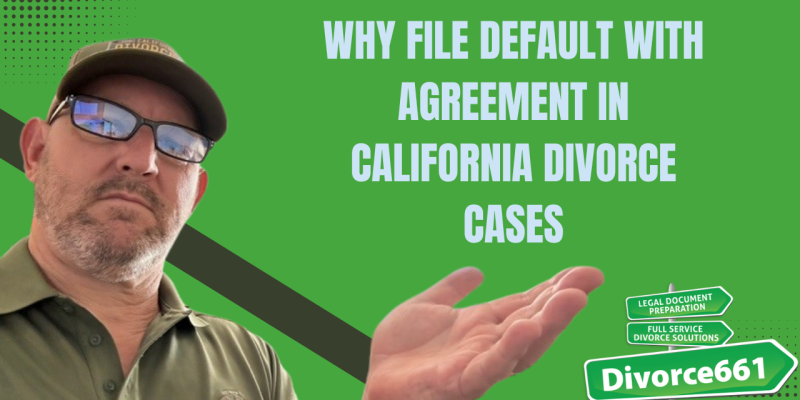SECRET To UNEQUAL Division Of ASSETS In Divorce: Santa Clarita
Introduction
I’m Tim Blankenship of Divorce661 in Santa Clarita. One question I hear over and over is whether the court can force an equal split of community property when spouses agree to something different. The short answer is: if you have a full written agreement on all terms, the court typically stays out of the division of your assets and debts—even if the division is unequal.
What the Court Actually Says
“What will the court say about our agreement if we do not have equal division of our community property? The answer is nothing. The court does not get involved in the division of your assets and debts if you guys have a full written agreement on all terms.”
That quote sums it up. Courts defer to the private agreement reached by the parties regarding how community and separate property will be divided. Judges generally do not reallocate assets simply because the split is unequal on its face.
Why an Unequal Division Can Be Enforceable
An unequal division is enforceable when it is the product of a valid, voluntary agreement. Key factors that make such an agreement respected by the court include:
- Written document: The terms must be documented in writing. Oral agreements are far weaker.
- Complete terms: The agreement should cover all material issues—who gets which assets, how debts are handled, allocation of retirement accounts, tax consequences, and any other relevant items.
- Voluntary and informed consent: Both parties should sign the agreement knowingly and voluntarily, ideally after full disclosure of assets and debts.
When the Court CAN Step In
Although courts generally defer to written agreements, there are exceptions where a judge can refuse to enforce or can modify an agreement:
- Evidence of fraud, concealment, or misrepresentation about assets.
- Proof of duress, coercion, or lack of capacity when the agreement was signed.
- Terms that are unconscionable or violate public policy.
- Outstanding issues the agreement doesn’t address—such as unresolved child support or custody matters that require court oversight.
Practical Steps to Protect an Unequal Agreement
If you and your spouse are considering an unequal split, take these steps to reduce the risk that the agreement will be later challenged:
- Put everything in writing. Include a detailed schedule of assets and debts and specify who gets what.
- Disclose all financial information. Full disclosure reduces claims of fraud or concealment later.
- Consider independent legal advice. Each party having their own attorney helps show informed consent.
- Be explicit about tax consequences and retirement account handling (QDROs for pensions/401(k)s).
- Incorporate the agreement into the final judgment. Asking the court to adopt or incorporate your agreement into the judgment strengthens enforceability.
Examples
- If one spouse keeps the family home and the other takes retirement and investment accounts so the values are not equal, a well-drafted written agreement reflecting that trade can be enforced.
- If debts are split unequally—one spouse agrees to assume a larger portion of shared debt—documenting that and confirming both parties understand the obligations will protect the arrangement.
Conclusion
The important takeaway: courts typically do not interfere with a comprehensive, voluntary written agreement dividing assets and debts—even when the split is unequal. To make sure your unequal division holds up, put everything in writing, disclose fully, and get appropriate legal guidance.
If you’re in Santa Clarita and want help drafting or reviewing a settlement, reach out—it’s what I do at Divorce661.



